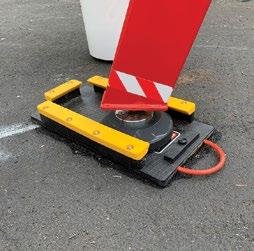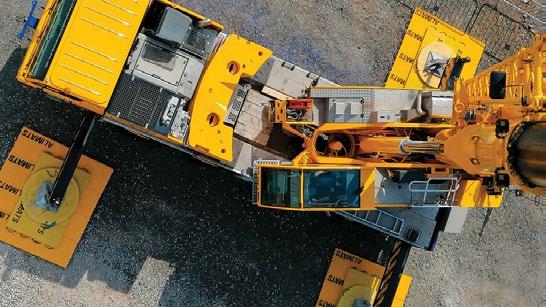
15 minute read
Avoiding the turn
Avoiding the turn
Our first outrigger and ground protection mat feature some 16 years ago highlighted the fact that at that time, well over half of all crane and aerial lift incidents involved overturning due to the ground giving way under the outriggers and a total absence of outrigger mats or spreader plates.
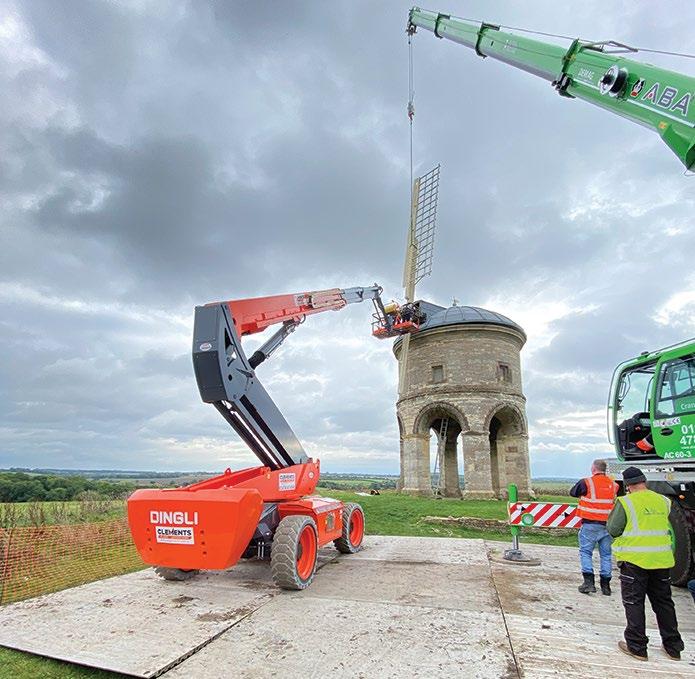
Back then it was quite common for operators of smaller cranes to scout around a site for scrap pieces of timber to use as cribbing. While this and the lack of mats may still occur, it is now the exception rather than the rule - at least in Europe and perhaps to a slightly lesser extend North America. This difference between the two regions may be down to the fact that there are far more long boomed cranes in the USA - such as boom trucks - that are owned and operated by end users, such as arborists and building material suppliers. Having said all this, we have seen some tragic incidents involving crane and lift overturns this year due to the ground giving way under the outriggers. One of the most tragic incidents occurred in the UK, involving three generations of the same family and resulted in the death of the company founder, coowner and crane industry veteran Michael Burcombe, 73. The job was relatively straightforward - lifting a hot tub from the delivery truck and placing it into the rear garden/yard of a house in Bristol.

Burcombe’s son Ashley was operating the eight tonne Tadano TS75 truck crane which was set up in the driveway of the suburban home. His grandson was in the back garden to guide the load to its final position. The team had checked out the height, the load and the radius and were happy they had reach and capacity in hand to carry out the lift. The ground had been checked, questions asked, and mats placed beneath the outrigger jacks. Michael was in the back yard simply observing the lift and advising, keeping away from the load. Suddenly one of the crane’s rear outriggers punched through the surface of the driveway into some sort of void.
As a result, the load suddenly shifted, striking him and inflicting fatal injuries, he died on site. The crane was in good order and the team had used proper crane mats but were unaware of any void or drive surface weakness, which apparently had none of the usual tell-tell signs of a possible void. This type of lift is far riskier than it may seem, but because it can be relatively quick and simple, they are usually carried out at a price that only allows for unloading and place into position, allowing the crane to move onto another lift within an hour or two.
Companies doing this sort of work rarely carry out more than a visual check of the ground along with a brief questioning the property owner regarding possible underground septic tanks or voids etc... Few houseowners however, have any knowledge about things such as sewer pipes or old tanks. In this case the crane was relatively lightweight - about 7.5 tonnes - and was set up over the rear with the boom fully extended and apparently at a radius of around 12 to 14 metres, where it would have had a capacity in the region of 500 to 600kg. The average hot tub weighs around 275kg, so between 350kg to 400kg including rigging.

What might have been done differently?
It is easy to be wise after the event, but perhaps stiffer, larger mats might have spanned any minor void? While a more detailed ground investigation, possibly using a tool like Bronto Skylift’s Loadman, would certainly have detected a void. Perhaps using a bigger crane set up in the street - although suburban streets can hide more challenges than driveways, and the crane is much heavier.
The results of the subsequent investigation into the Bristol incident have not yet been published - nor, sadly, are they likely to be anytime soon - so valuable lessons cannot yet be learnt. While the Burcombes may have been diligent and careful, they still suffered a catastrophic life changing event. Far too many crane and lift companies and their operators regularly take stupid risks when setting up outriggers, but usually manage to get away with it. However, when they don’t, the results can be life changing or fatal, not to only themselves but also innocent passers-by. Sadly, nothing can bring Michael Burcombe back, but hopefully the incident might serve as a valuable lesson to others that you simply cannot be careful enough. In the words of one major crane rental company chief executive when asked about homeowner lifts: “We are happy to carry out tree and hot tub lifts at a private home, but we insist on applying all the checks and planning that the best big contractors demand on major projects. This effectively means that we do not win this sort of business, even though we are open to it. Homeowners or hot tub suppliers will simply not pay what that would cost, and I understand that.”
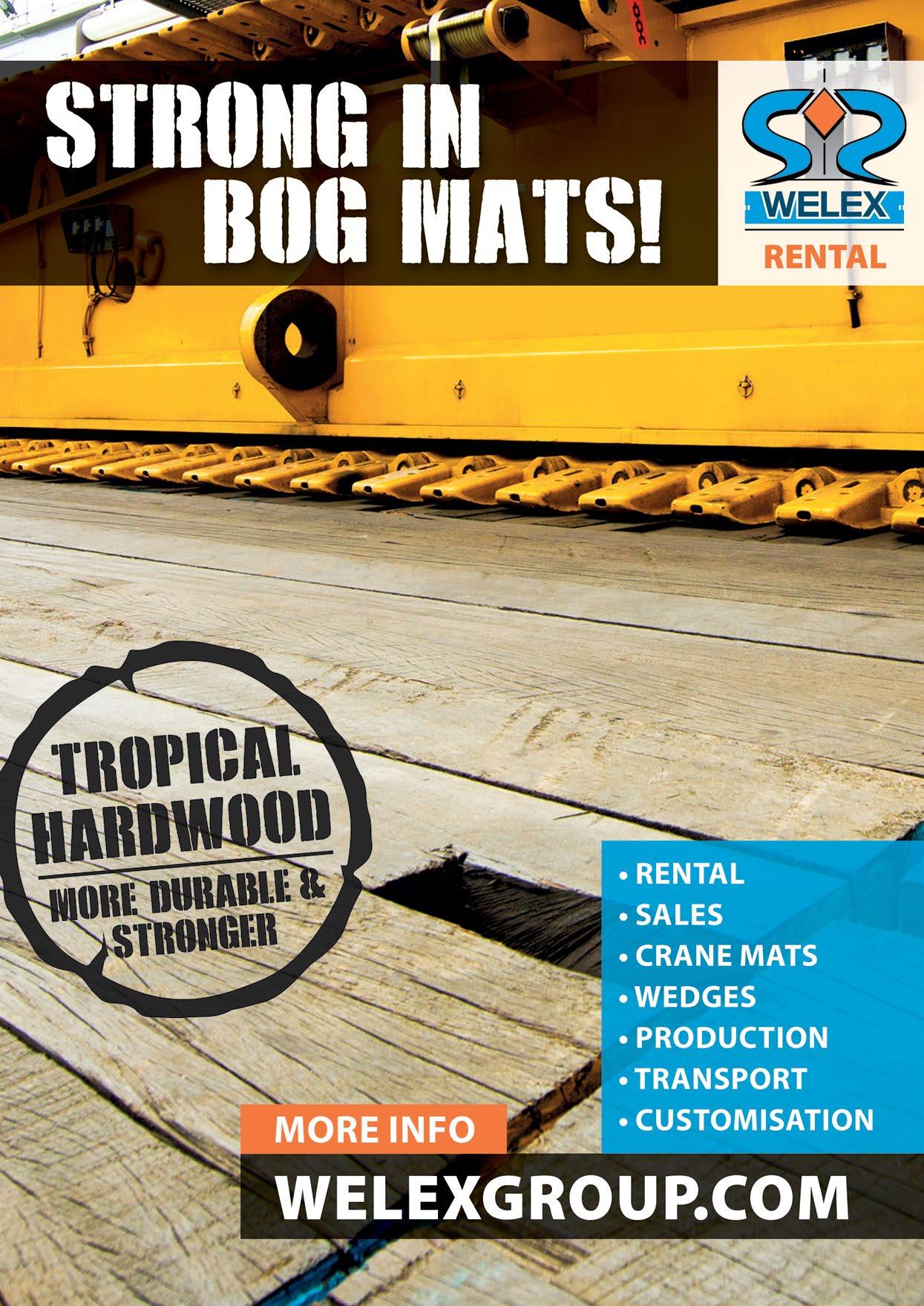
Cribbing, the good the bad and the ugly
While the situation with the use of outrigger mats has dramatically improved over the past 16 years the same cannot always be said of cribbing - the use of blocks to overcome substantial variations in ground height. Why? Usually because the job has not been properly planned and the need for a significant amount of cribbing is only discovered when the crane operator arrives on site and comes under pressure from the client to get started. Such clients may well have rented the crane on the basis that they would be responsible for planning it. - known in the UK as a straight Crane Hire rather than a Contract Lift - where the crane supplier plans and supervises the job.
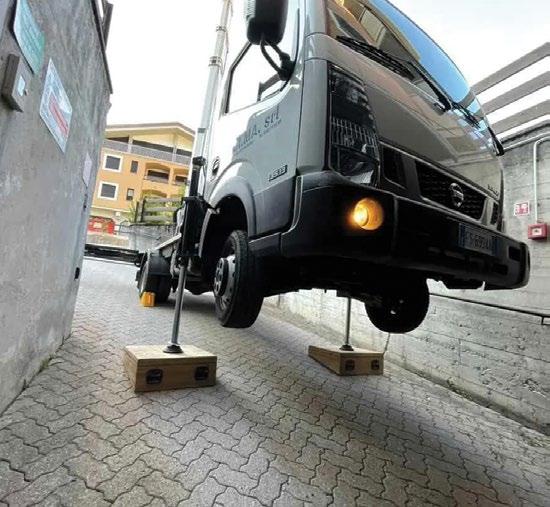
All too often the client has done very little detailed planning and the crane operator is expected to adapt to the situation. The competitive nature of the crane rental market in many countries tends to curb the operator from refusing to start the job until proper cribbing is organised. The following are some examples of the good, bad and ugly cribbing we have received. What is interesting is the emergence over the past few years of purpose made cribbing blocks, both in wood and composite materials. These are not just simple straight sided blocks but also wedged blocks for slopes and interlocking blocks that can be stacked more safely when high lifts are required for levelling on steeper slopes.
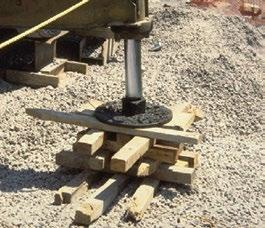



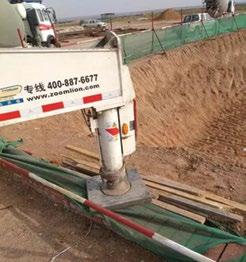

Ground protection in action
The following case studies show recent examples of ground protection mats in action.
Platform for cranes and lifts
Earlier this year UK-based contractor BAM Nuttall was looking to provide a secure 360 square metre working platform to spread the ground loadings of heavy equipment working on a 16 day railway closure for a major upgrade involving the complete reconstruction of the Dantzic Street railway bridge in Manchester. The upgrade - one of several in the area - is part of the Transpennine Route Upgrade, which involves the installation of more than 3,000 metres of track. The contractor planned the entire project in advance using BIM (Building Information Modelling) software.
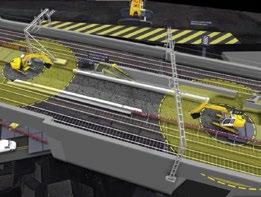
It then approached outrigger and ground mat supplier Dawson Wam which supplied 23 large steel mats for two applications. The first installation was to create a stable platform for a 600 tonne Liebherr LR 1600 Lattice crawler crane which was used to lift excavators and other machinery up to track level, before lifting out the original 65 tonne bridge beams and lifting their replacements into position. The second area required the same mats to create a working platform underneath the new bridge structure for the 100 tonne telescopic crawler service crane and a number of boom lifts to work from.
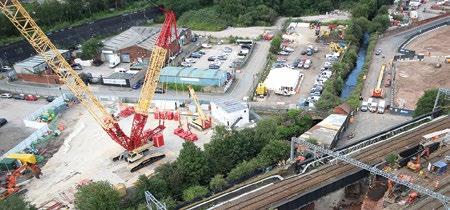
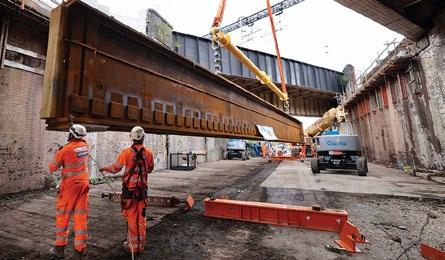
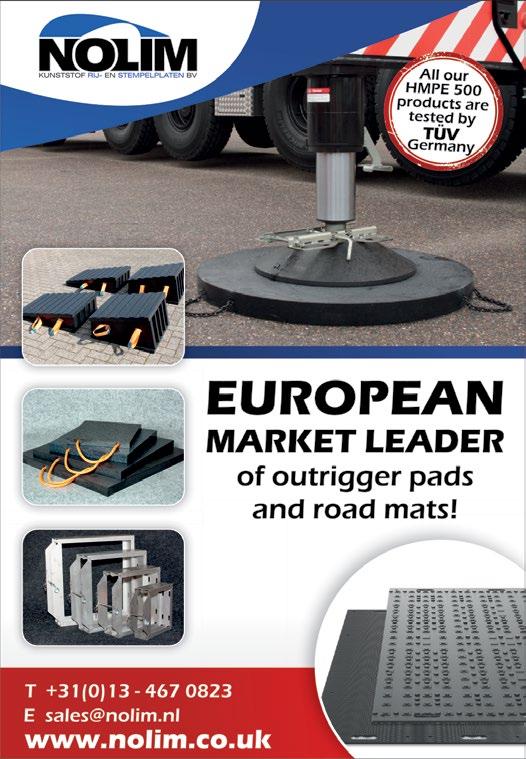
Big boom, delicate surface
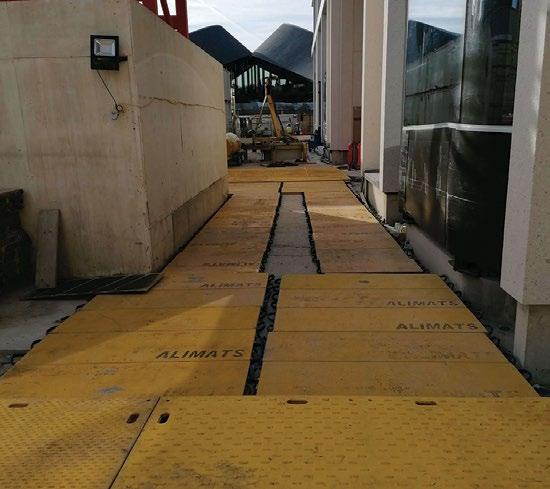
A specialist façade contractor recently carrying out some last minute finishing work to the façade of a major building began by selecting the appropriate form of access for the job… choosing a 185ft JLG 1850SJ telescopic boom lift.
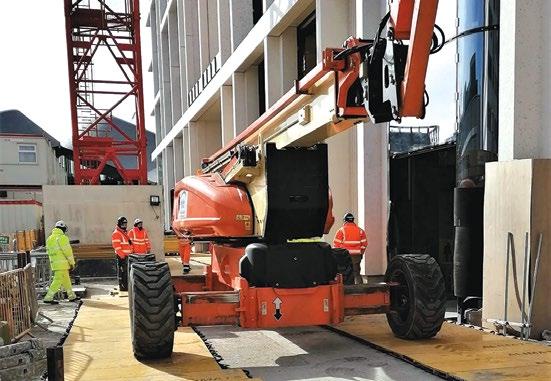
The big boom has an all-up weight of 27.4 tonnes - about seven tonnes per wheel - however depending on the boom position that can easily increase to 16.5 tonnes on one wheel, especially when the machine is working with a fully elevated boom. Not only that, with solid poly filled tyres the ground pressure point loadings can be massive. To complicate matters further, the platform would be working on two elevations where brand new hard landscaping - mostly interlocking blocks - had just been installed. This could be severely damaged by such a big machine if no protection was used.

Looking for possible solutions that could be installed and removed quickly without bringing in lifting equipment it selected Alimat interlocking modular matting. One of the issues that had to be solved was the JLG’s extendable/retracting axles. During transport, the machine width is 2.49 metres but when extended it is 5.03 metres. To ensure the axles can be extended within the footprint of the load spread area, a frictionless layer of two plastic mats were placed above the Alimat modules.

With all platforms there are two load cases that need considering - travelling and operating. The latter imposes loads similar to mobile crane outriggers but via the wheels. Both conditions were considered, and this was approved for use. When the machine arrived on site, it had to travel between two immovable bollards, then onto the platform with the two plastic layers where the axles were extended. The machine then travelled to its final working position where an additional layer of mats was used, which simulates our standard outrigger mat arrangement. Ethafoam was also placed below the Alimat modules to ensure they could work as intended and distribute the load while protect the newly laid hardstanding.

Protecting underground services
The construction of the UK’s HS2 high speed rail project is currently one of the largest in Europe and is consuming a huge amount of ground protection materials such as temporary trackway and mats. Mat supplier Dawson Wam has supplied its steel mats on multiple HS2 sites, mostly to provide work platforms for cranes and big access platforms.

They have also been used to create temporary bridges over small water courses allowing equipment such as telehandlers, platforms and excavators to cross. One example of their use can be found on a development at Euston Station, where a 550 square metre piling platform was required to protect vital underground services. And as a base for a 750 tonne Liebherr LG1750 lattice truck crane from Osprey.
New products and testing
Here a few of the latest products and initiatives from some of the leading mat suppliers.
Most outrigger mat materials perform well under compression loads but to perform as intended the tensile strength of an outrigger mat is also critical. The suitability of the outrigger mat used is determined by the size of the mat being suitable to distribute the load to the ground at a stress level less than the ground bearing capacity. Also, the strength and integrity of the mat and its ability to evenly distribute the load exerted by the outrigger.
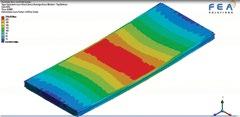
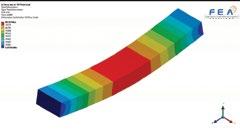

Mat supplier Brilliant Ideas - which produces the Alimats range of interlocking aluminium mat systems - recently carried out a simple point load test utilising Finite Element Analysis software on several mat materials, capable of being manually handled, to compare the stiffness and load bearing capability of the various materials, which included a basic timber sleeper/railroad tie, an Alimat aluminium mat and an ultrahigh molecular weight Polythene mat.
The tests showed the amount of deflection and stress build-up within each mat material, with startlingly different results when it came to deflection. Deflection or ability to adjust to the ground has both benefits and disadvantages- so selecting the right type of mat for the job can be critical. Business development manager Dan Westgate says: “Some manufacturers and distributors are promoting the compressive strength of the mat material. A far better question to ask is: are they capable of safely spreading the outrigger load horizontally before distribution to the ground which is related to the stiffness of the material?” “We don’t understand why in many cases an outrigger mat area is calculated above all else, while their make up is largely ignored, when various materials perform so differently.

This doesn’t happen within other design procedures, for example, a beam size is designed in tandem with the material.” “We believe that going forward outrigger mat manufacturers and distributors, including ourselves, should declare a Safe Work Load for each configuration. We have already done this on a handful of our configurations and plan on completing this project next year for our range. In our opinion, the only way to do this is via Finite Element Analysis, as physical testing would not be viable on full outrigger mat configurations. But for this process to be credible, it has to be visible to designers, therefore transparency of design assumptions are essential. This point is extremely pertinent to the UHMW-PE system as it promotes a higher Safe Working Load as the mat area increases which defies physics. By adopting the SWL approach when the outrigger load is calculated, along with the outrigger mat area, selecting a suitable outrigger system would thereafter be seamless, with available Safe Working Loads from outrigger mat manufacturers.”
Larger interlocking mat modules
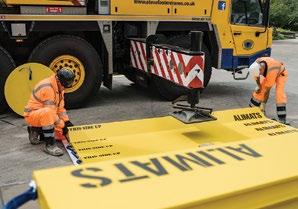
Earlier this year the Brilliant Ideas launched two new longer Alimat interlocking aluminium mat modules - the 2.175 metre ‘Long’ mat and 3.48 metre ‘Extra-Long’ module - that create 6.05, 7.06 and 8.07 square metre mat configurations. They include a new module interlock, enabling monolithic action and bi-directional load spread in a lightweight easy to handle mat.

The company says that it achieved this by re-engineering the internal truss design it employs and analysing the multiple profiles. One of the Finite Element simulations involved a compression test to the point of failure on two modules side by side when applying a 500 x 500mm square outrigger load. An internal rib failure finally occurred at 616 tonnes, the equivalent to 2,464 tonnes per square metre.
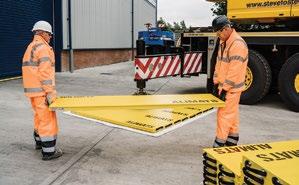
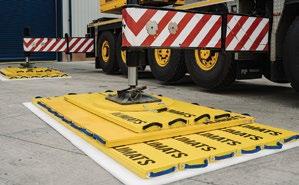
Dica online
US outrigger mat supplier DICA has been expanding its new online order portal to include its Special Duty Outrigger Pads, which are typically used by utilities/utility contractors and tree care contractors.

While ordering mats online is proving increasingly popular, DICA says that it strongly encourages buyers to ask one of its fitting consultants to help ensure that the right mat or pad is selected for the application and machine. Chief executive Kris Koberg says: “It is critical when selecting a mat or pad that it has the right combination of shear strength, compression strength and rigidity to effectively support and distribute the imposed loads and pressures.”
